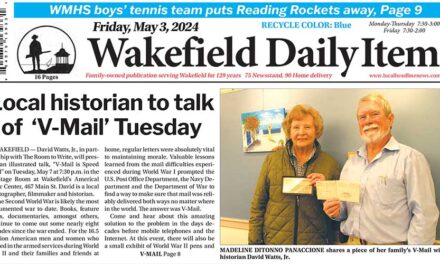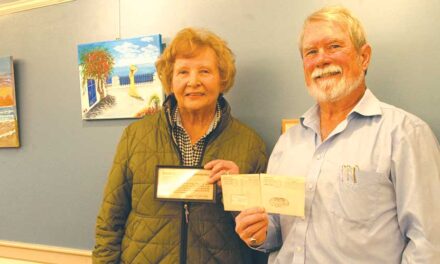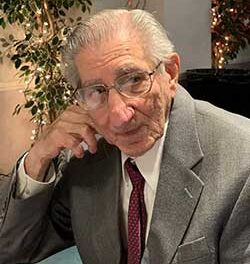By MARK SARDELLA
WAKEFIELD — The traffic impact of the latest iteration of Cabot Cabot & Forbes’ mixed-use development at the head of the Lake was discussed at the Zoning Board of Appeals November meeting.
According to the report submitted by CC&F’s traffic consultant, the proposed project will have a smaller impact on traffic than the most recent use of the site. It will also have less peak-hour traffic impact than the previously approved research and development use, the study found. The latter use did not materialize, leaving the door open for CC&F’s proposal.
Brian McGrail, CC&F’s local attorney, told the ZBA that the project had been before the Traffic Advisory Committee (TAC) several times and there have been discussions with Town Engineer Bill Renault regarding roadway and traffic improvements that he would like to see.
The traffic study was prepared for CC&F by Scott Thornton, principal at engineering firm Vanasse and Associates. His report is based on CC&F’s revised plan for the site, which now calls for 440 residential units and, at the ZBA’s request, a full-service restaurant that will be three times the size of the café that was part of the previous plan.
Thornton noted that along with the reduction in the unit count and the expansion of the size of the restaurant, an increase in the number of parking spaces to 729 would bring the count 33 over the required 696 for the proposed use.
Thornton said that while the CC&F project as currently proposed would produce 228 more vehicle trips in and out of the site than the previously approved research and development use, if would result in 92 fewer morning peak hour trips and 31 fewer evening peak hour trips.
Peak hour trips, Thornton explained, are most significant and have the greatest impact on traffic.
The numbers also compare favorably with the most recent use of the site as a data center, Thornton said. Traffic operations at nearby intersections are projected to be similar or better than they were when the data center was in operation, he added.
He also noted CC&F’s commitment to provide shuttle service to the Wakefield commuter rail depot and the downtown, further reducing vehicle trips. In addition, Thornton referenced CC&F’s promise to provide plenty of bicycle parking and a bike repair shop on site, along with electric vehicle charging stations.
An on-site transportation coordinator will be provided, Thornton noted, and a packet will be given to new residents outlining transportation options available.
CC&F has committed to curb-to-curb reconstruction of Quannapowitt Parkway, including drainage, street light replacement and crosswalk reapplication. The developer has also promised an as yet undetermined sum of money for future studies and possible improvements along North Avenue and at the Lowell Street access to the site, as well as improvements for pedestrians. The extra 33 parking paces over the required number will be available for Lake Quannapowitt visitors.
Thornton said that the Traffic Advisory Committee and the town’s traffic consultant, VHB, agreed that the proposed changes to the project will result in less traffic than the previous plan and no further analysis is required.
ZBA member Jim McBain was concerned with vehicles leaving the site given the volume and speed of traffic coming off the Route 129 Rotary and wondered if the Lowell Street side should be restricted to vehicles entering the site only.
Thornton said that if the traffic coming off the rotary was a problem for those exiting the site, they could always choose to use the North Avenue end. He also suggested that the issue would be considerably less during off-peak hours. He warned against creating a 24-hour solution for a one-hour problem. He also reminded the board of CC&F’s aforementioned commitment to fund a study of the Lowell Street access to and from the site.
ZBA members were curious as to why the study concluded that the North Avenue end of Quannapowitt Parkway would not warrant any upgrades in order to handle traffic from the project.
Board members had other questions regarding the traffic study, but ZBA chairman David Hatfield said that since the board had just received the report, he suggested that the board invite the TAC and the town’s traffic consultant to a future meeting to answer questions.
There was no public testimony at the meeting.
The hearing was continued to the board’s Dec. 15 meeting, when CC&F will make a detailed presentation on the latest revisions to the project, including the reduction in the number of units and the expansion of the restaurant. The board may also have the TAC and VHB come that night to further discuss traffic.




